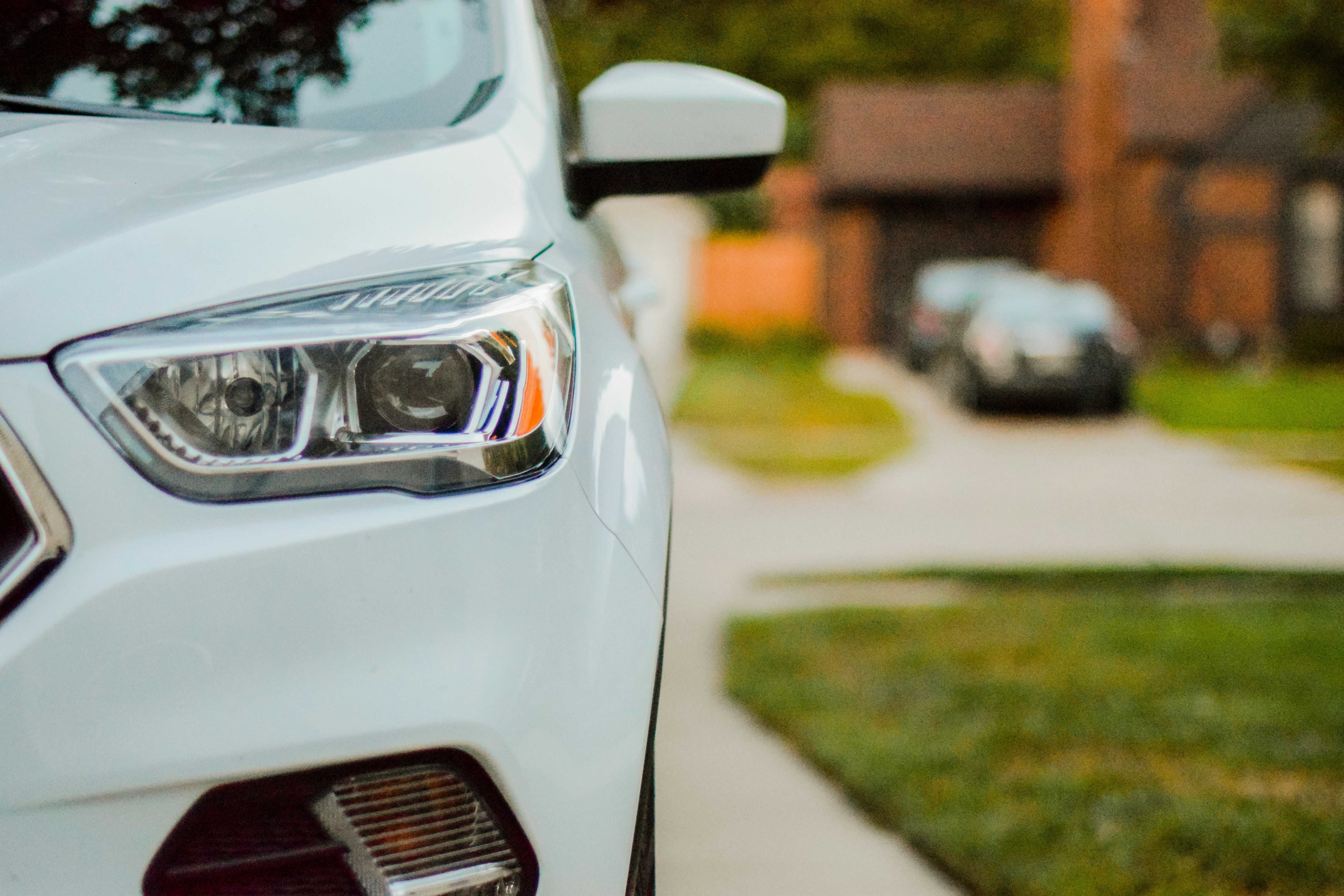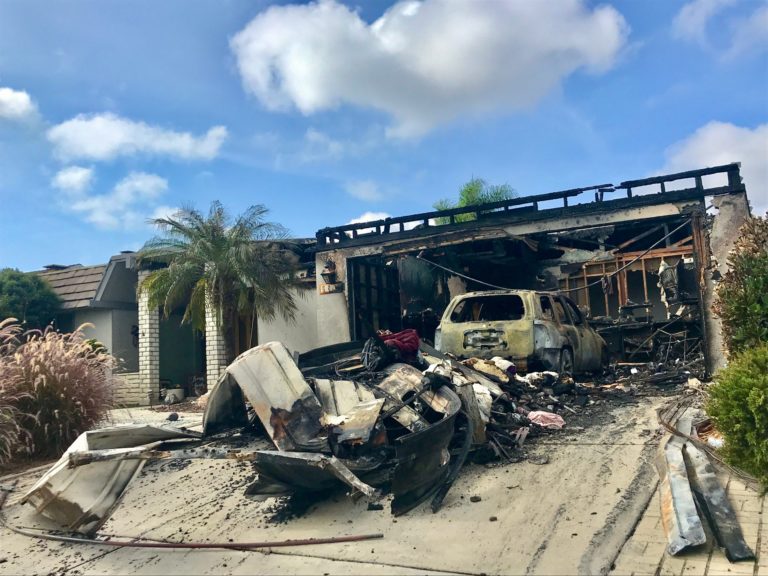While all drivers are obligated to have valid car insurance by law, most carriers typically opt only for the standard policy that will aid drivers in the event of an accident. Statistically, however, the majority of insurance claims are actually made for older, pre-owned vehicles, which are more susceptible to wear-and-tear and breakdowns. For those vehicles, it’s highly recommended that drivers fully consider taking out a comprehensive car insurance policy and weigh their options well before that potential disaster hits.
Does my older car needs comprehensive insurance?
Since comprehensive car insurance isn’t required by law in any of the 50 states, many drivers quickly shun the idea of paying for another insurance policy. Those drivers who lease their vehicle are usually required to carry both forms of insurance by the automaker but for drivers who purchase their vehicle outright, particularly preowned cars, the necessity doesn’t always cross their minds. If a vehicle is over a decade old or has racked-up its fair share of mileage, the temptation to avoid a secondary insurance policy may be too tempting to resist. But depending upon the car, it may still be in the owner’s best interest to reconsider the benefits of a comprehensive plan.
Many reputable insurers will offer a form of comprehensive coverage in conjunction with the collision policy, but if they don’t, the vast majority of automobile owners will overlook just how important such an addition can be.

A driver can determine the need for a comprehensive policy by calculating the value of the vehicle itself. While the vehicle’s age is a predominant factor, the amount of wear-and-tear is just as important. For example, a vehicle may be over a decade old, but its owner may have taken exceptional care of its engine and exterior. Similarly, a newer car may have been in a number of accidents or been on the receiving end of Mother Nature’s wrath one too many times. In either case, their insurance needs could be quite different.
Additionally, if a driver knows they wouldn’t be able to cover any extensive damage that could occur to the vehicle or to replace it completely, they might be a good candidate for the additional policy. Some car owners eventually come to the conclusion that their vehicle has had its day and junk it, or repurpose it creatively and learn how to turn old appliances into art, with the goal of using the cash for a new car and acceptable insurance policy.
Before a driver quickly dismisses the idea that “extensive damage” could even happen, they must consider if the area where they live (and drive) presents its own dangers. For example, high-crime areas can lead to vandalism and theft, and rural areas can equal wildlife-related damages, such as deer strikes. Only the car owner truly knows specifically if hurricanes, floods, and tornadoes are real threats in their geographic region. Comprehensive insurance covers them all, and it’s always better to be prepared for the worst-case scenario.
Is comprehensive insurance expensive?
At first glance, the very idea of taking on a secondary insurance policy, especially one that isn’t required by state law, may seem like an extravagance. The good news is that comprehensive car insurance is actually pretty affordable, especially considering just how handy it can prove to be for an older vehicle. As a matter of fact, the national average for such a standard comprehensive policy is under $200, making it the ultimate add-on for basic collision coverage.
When the two policies are consolidated together, every driver can be assured that they’re now completely covered.

Like any other form of automotive insurance, the cost of a comprehensive policy is directly dependent upon the cash value of the car itself. As such, vehicles that are worthless, due to such factors as high mileage and wear-and-tear, can sometimes be more expensive to insure. Luckily, there are numerous reputable reference sources for checking the value of a used car, regardless of its condition. However, when it comes to peace of mind (and safety) it’s always advisable for a driver to research their options for the best, and most comprehensive, coverage.






